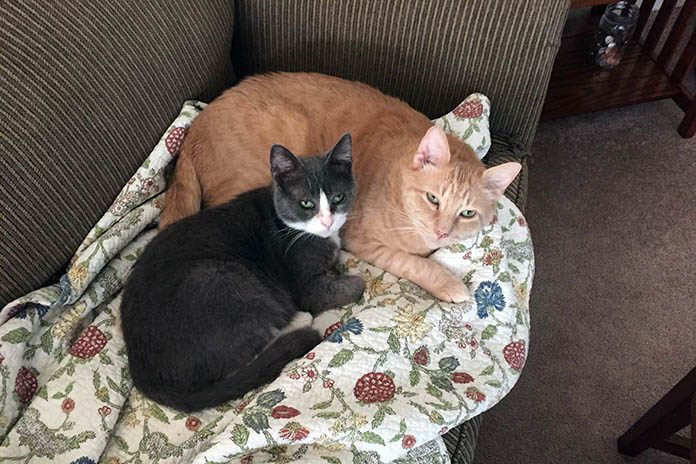
The recent heat wave in Oregon is a reminder that the dog days of summer have arrived along with the potential for flea activity.
The Oregon Department of Agriculture has advice for pet owners on how to provide relief from fleas. Pesticide products are among the tools that can be used to effectively control fleas, but they come with the usual caution of needing to be handled properly.
“This is the time of year flea activity heats up with the weather,” says Rose Kachadoorian of ODA’s Pesticides Program. “Animals congregate and can transfer the fleas to each other.”
The blazing heat in Oregon recently can exacerbates the skin irritation of pets that comes with flea bites, and make fleas develop more rapidly.
The first order of business is to verify the issue.
“Make sure your pet has a flea problem,” says Kachadoorian. “They may be scratching themselves, but it could be a food allergy or pollen. One common sign is the presence of flea dirt—dried blood and flea feces mixture—on the skin of the dog or cat. Work with your veterinarian to establish whether or not the problem is caused by fleas.”
If the answer is yes, pet owners can improve the conditions that lead to flea infestations. Prevention tactics are usually best started in the spring. However, there is still plenty that pet owners can do now. A thorough cleaning and vacuuming of the house — especially where pets sleep — is a good start.
“I would vacuum my house at least every other day, if not every day, to suck up adult fleas, eggs and larvae,” says Kachadoorian. “Also wash the pet’s bedding once a week with hot, soapy water. Flea larvae feed on cast skins, feces of adult fleas and other organic matter.”
The most fastidious cleaning job in the world might not be enough if your pet already has fleas. Persistence in cleaning and early treatment is the key.
There are a number of adult flea control products available, including spot-on topical products that are usually applied monthly. Some also contain growth regulators that inhibit the development of immature flea life stages. Pets can also be given tablets orally containing these insect growth regulators.
“Most of these products usually work very well,” says Kachadoorian. “They are so much more effective than what we used to do to treat pets, which was putting a dust or spray on the animal or giving them a flea bath. However, there are reports of pesticide resistance developing, people are using the same pesticide over and over again. It is important to rotate the active ingredients found in flea control products. The active ingredient is listed on the front of the pesticide label.
Traditional flea collars, and ultrasonic devices have had limited success, according to Kachadoorian. Again, a conversation with your veterinarian is an important step to take.
or those who want to take flea matters into their own hands, Kachadoorian emphasizes the importance of taking a holistic approach.
“Keep checking your pet, vacuum a lot, launder the bedding. If you need to use a flea control product, use it in conjunction with all of these other practices. And definitely work with your veterinarian on product selection. Vets are great resources for the treatment of fleas.”
Good judgment and measured action will bode well for both you and your pet the rest of the summer.








